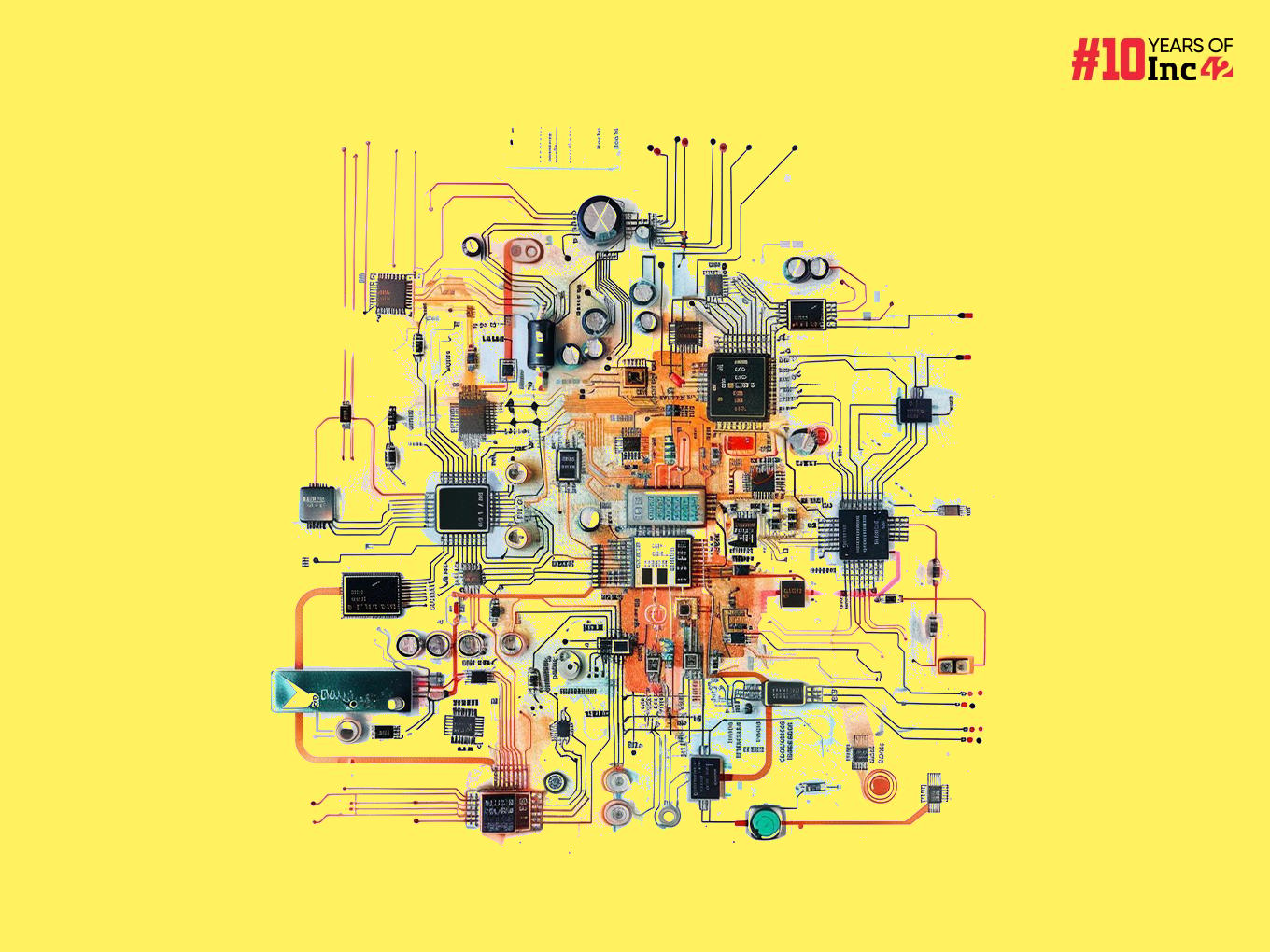What Is A Hybrid Integrated Circuit?
A hybrid integrated circuit (HIC) or a hybrid microcircuit, is a miniaturised electronic circuit that combines different electronic components on a single platform. These components can include discrete components such as transistors, diodes, capacitors, monolithic integrated circuits (ICs), miniaturised circuits containing even smaller transistors and other components.
The HIC integrates these components onto a substrate, typically ceramic or quartz, using thin-film or thick-film technology.
How Is A Hybrid Integrated Circuit Different From A Regular IC?
The key difference between a hybrid integrated circuit (HIC) and a regular integrated circuit (IC), also known as a monolithic IC, lies in how they’re built:
- Regular IC (Monolithic): In a monolithic IC, all the electronic components like transistors, resistors, and capacitors are created directly on this silicon wafer using complex manufacturing processes that involve etching circuits and adding layers. It is like meticulously drawing the entire circuit on a microscopic scale.
- Hybrid IC: Instead of everything being built from scratch, separate electronic components — some can be discrete (such as individual transistors and capacitors) and even pre-made monolithic ICs — are interconnected on a ceramic or quartz substrate. Think of it like assembling pre-built modules on a circuit board.
| Feature | Monolithic IC | Hybrid IC |
| Fabrication | All components are built together on a silicon wafer | Individual components mounted on a substrate |
| Components | Limited to what can be made on silicon | Can combine various discrete components and pre-made ICs |
| Miniaturisation | More miniaturised and high-density | Generally larger and less dense |
| Manufacturing | Complex but well-established processes | Can be more flexible but potentially more complex |
| Cost | Lower for high-volume production | Can be more cost-effective for low-volume production |
What Are The Applications Of Hybrid Integrated Circuits In Electronics?
Hybrid integrated circuits (HICs) fill a specific niche in electronics, offering advantages over traditional monolithic ICs in certain applications. Here is a breakdown of where HICs shine:
High-Performance Applications
- Microwave Circuits: Due to their ability to incorporate high-quality inductors and capacitors, HICs excel in microwave applications like amplifiers, filters, and mixers. These components perform better at high frequencies than their miniaturised counterparts in monolithic ICs.
- Power Electronics: HICs can handle high voltages and currents effectively. This makes them ideal for power management circuits, voltage regulators, and DC-DC converters commonly found in power supplies and motor control systems.
- RF (Radio Frequency) Applications: Similar to microwave circuits, HICs are well-suited for RF applications due to the superior performance of passive components at these frequencies. They are used in RF amplifiers, mixers, and filters for communication systems like radios and cell phones.
Specialised Functionality
- Optoelectronic Circuits: HICs can integrate light-emitting diodes (LEDs) or photodetectors alongside traditional electronic components. This allows for the creation of optoelectronic circuits used in sensors, optical communication devices, and even medical equipment.
- Sensor Interfaces: HICs can combine specialised sensors with signal conditioning circuitry, making them useful for applications where precise sensor data acquisition is crucial. This can be seen in pressure and temperature sensors, and gyroscopes used in various industrial and automotive applications.
Other Advantages
- Low-Volume Production: HICs can be more cost-effective than monolithic ICs when production volumes are low, as the development process is often simpler.
- Repairability: Due to their modular design, HICs can sometimes be easier to repair or replace individual components than monolithic ICs.








